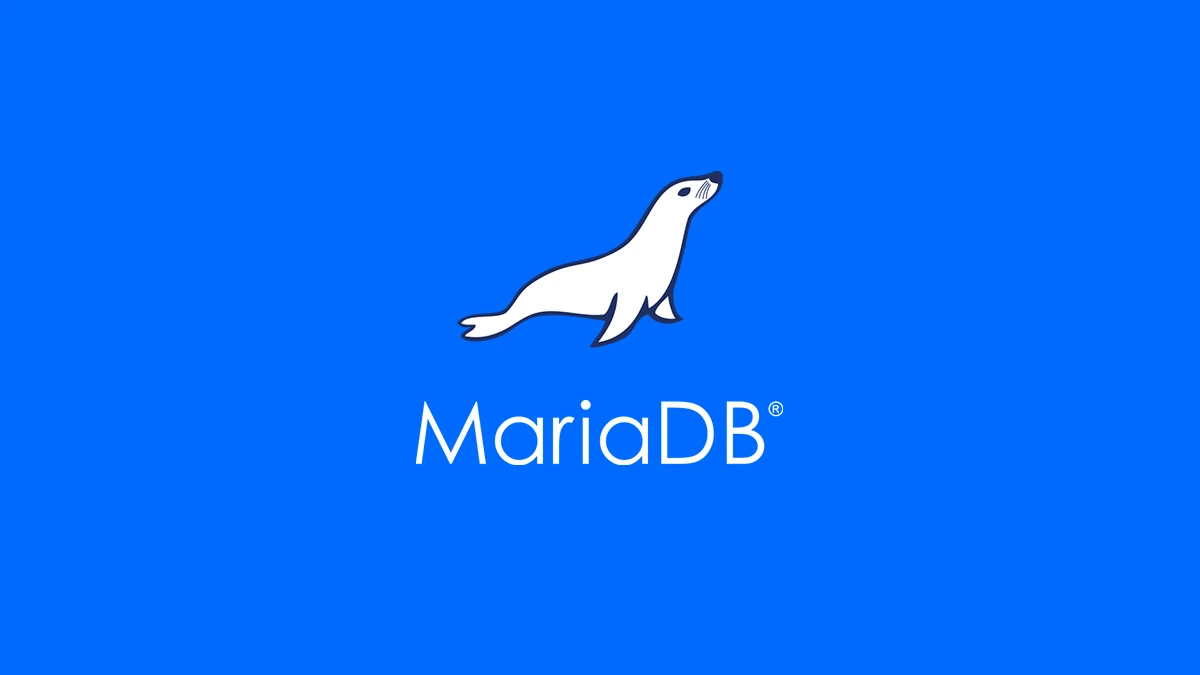Databases are the backbone of many countless applications, it stores and updates all the information related to a service; whether it is small blog and some eCommerce website service or some big financial systems, databases are everywhere.
Databases are stored and managed from a database server and there are many such servers which let us store and manage it. One name you might have heard of in the database world is MariaDB; if not, then surely you would have heard about MySQL as it is one of the oldest one and MariaDB is fork of it.

But what exactly is MariaDB, and how does it compare with its close sibling, MySQL?
Let’s figure it out in detail.
What Is MariaDB?
MariaDB is a popular open-source relational database management system (RDBMS) that evolved as a fork of MySQL. It was created in 2009 by Michael “Monty” Widenius, one of the original developers of MySQL, after concerns arose about the acquisition of MySQL by Oracle Corporation. Monty wanted to ensure that a free, community-driven alternative to MySQL continued to develop and thrive.

MariaDB retains compatibility with MySQL and serves as a drop-in replacement, meaning applications that run on MySQL can typically run on MariaDB without modification (but up to some earlier version only).
Key Features of MariaDB.
- Open Source Forever: MariaDB guarantees its open-source nature through its licensing, giving it an edge for developers who prioritize transparency.
- Advanced Features: It includes innovations like the ColumnStore for analytics, Galera Cluster for high availability, and more advanced JSON and GIS (geographic information system) functions.
- Improved Performance: MariaDB frequently delivers better performance for complex queries and high-load systems compared to MySQL.
- Security Enhancements: Offers advanced authentication plugins and encryption capabilities for data protection.
- Compatibility: While focusing on innovation, MariaDB retains compatibility with MySQL’s APIs and commands to facilitate migrations.
MariaDB vs. MySQL: A Detailed Comparison.
1. Licensing:
MariaDB is fully open-source under the GPL, ensuring all features are available to everyone. Making more and more people use it for their work.
MySQL is similar too, since its acquisition by Oracle, MySQL has a dual licensing model – open source (GPL) and commercial. Some enterprise features are available only under a commercial license.
2. Features:
MariaDB frequently integrates community-driven enhancements and supports latest and cutting-edge features like pluggable storage engines and better support for JSON and dynamic columns.
MySQL progress has been slower, particularly in terms of innovation in storage engines and community-requested features.
3. Performance:
MariaDB is optimized for better performance in certain use cases, such as complex joins or analytical workloads. MySQL is reliable and steady performance but often requires more tuning for high-demand environments.
Just few years back when many people were migrating from MySQL to MariaDB, I, too, did the migration and once did I was amazed with increased performance.
Today, my all services are using MariaDB is didn’t let me down.
4. Compatibility:
MariaDB offers backward compatibility with MySQL, but to some old version only and newer version MariaDB releases have diverged slightly due to removal of many slow feature. Compatibility could be an issue if specific MySQL features are used.
MySQL maintains compatibility with applications built for MySQL only.
5. Storage Engines:
MariaDB Supports advanced storage engines like Aria, ColumnStore, and TokuDB that too with efficiency while MySQL primarily focuses on InnoDB, although it supports other engines to a lesser extent so the efficiency cannot be guaranteed.
6. Community and Support:
MariaDB is a vibrant community-driven project with significant input from developers and contributors worldwide while MySQL is backed by Oracle, which provides robust enterprise-level support, but the open-source community is more cautious of its development direction due to some already made image of Oracle.
I, too, think that Oracle isn’t committed to its community. They are more focused towards making a sale rather than doing development work.
When to Use MariaDB or MySQL?
Choose MariaDB if:
- You value a fully open-source ecosystem.
- You need advanced features or enhanced performance for analytical and high-demand workloads.
- Your project relies on community support and innovation.
Choose MySQL if:
- You require commercial support and tools provided by Oracle.
- Compatibility with legacy MySQL environments is critical.
Conclusion.
Both MariaDB and MySQL are powerful tools in the RDBMS world. Your choice will depend on your project’s requirements, the features you prioritize, and your stance on open-source versus commercial software.
MariaDB shines with its community-driven approach and innovative features, while MySQL remains a reliable choice under Oracle’s stewardship.
As the database landscape continues to evolve, MariaDB’s emphasis on open development and flexibility positions it as a strong contender for modern applications. Whether you’re building a startup or scaling an enterprise, knowing the differences can help you choose the right database for your needs.
Would you like me to provide tips for migrating between these databases or dive deeper into specific features? Let me know in the comment section below.
Leave a Reply